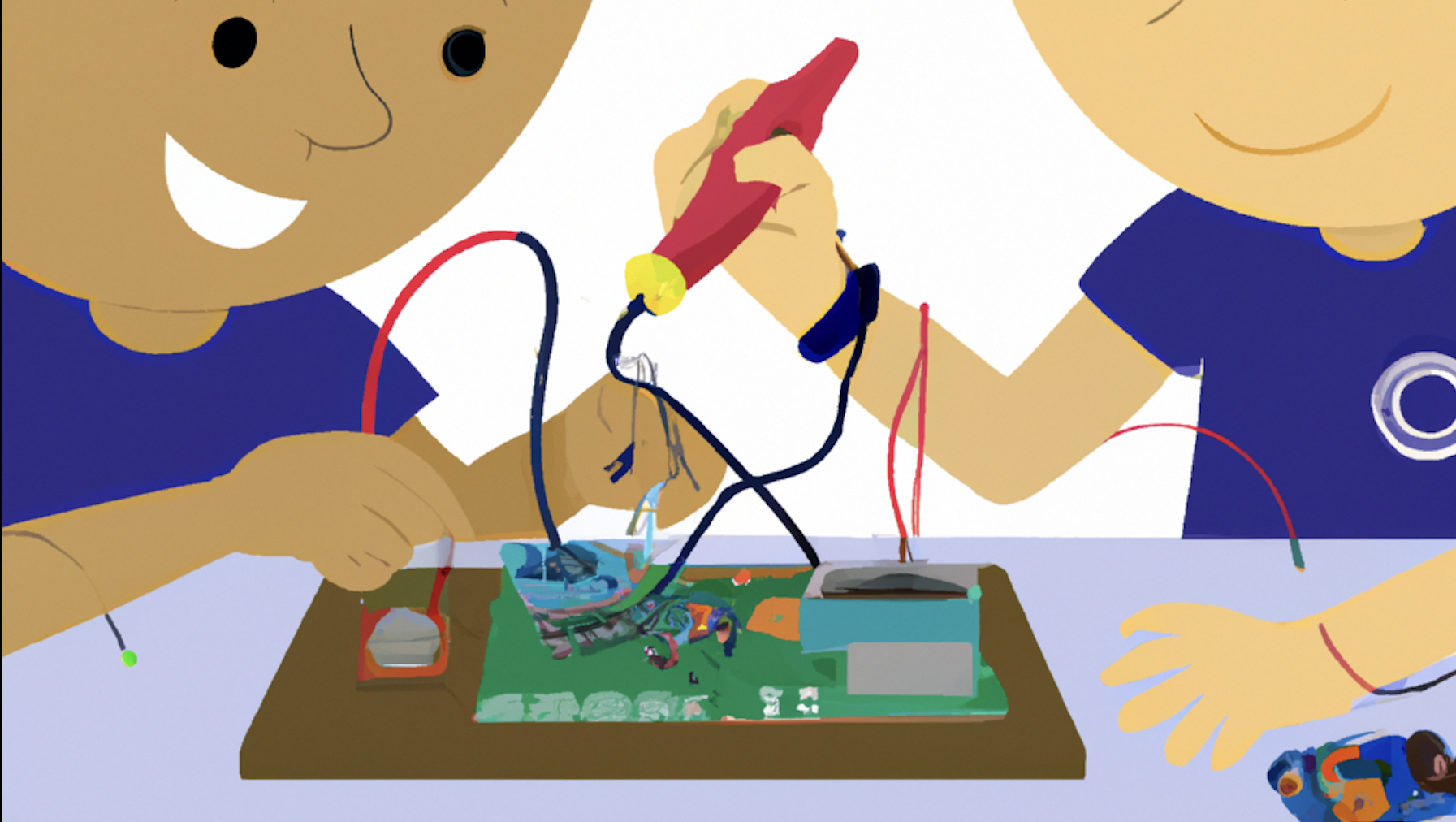
Critical Youth-Oriented Makespace
Maker program and MakerSpace community at St. George Youth Center.
After-school activities on computational thinking, computer programming, and tinkering with and building of electronic artifacts
Longer-term projects blending art, STEM, and activism
Interactive instruction by undergraduates, visits from scientists and engineers, and “making” (hands-on experimentation and creation).
UBIQUITOUS COMPUTING, COMPUTATIONAL THINKING, MODULAR ROBOTICS, MAKERSPACES, AND NEW FORMS OF LEARNING
UBIQUITOUS COMPUTING, COMPUTATIONAL THINKING, MODULAR ROBOTICS, MAKERSPACES, AND NEW FORMS OF LEARNING
In our research, we focus on supporting young people from underrepresented backgrounds in STEM fields, including those from certain ethnic/racial backgrounds, low-income backgrounds, and women. Our goal is to help these individuals learn about cutting-edge developments in technology through hands-on building and simple programming of mobile technology gadgets. By providing access to these tools and resources, we aim to empower young people and inspire their interest in STEM
Sense, Analyze, Act
Working with Modular Robotics and Sensors, we cover the ideas of sense, analyze, and actuate or input and output as a way bots interact with the environment around them. Students have built their own robots by hacking an electric toothbrush, and created inventions with LittleBits electronic legos, and Cubelets modular robots.
The notion of a “Bot” (robot) is any electronically controlled device that chemically, electrically, and physically senses environmental information, processes and analyzes sensory information, and actuates—creates an output that makes something happen physically, electronically, or symbolically in the real word. Youths learn about the ubiquity of bot devices in everyday artifacts and how the principle of “sense, analyze, act” can be applied to many systems in the world around them.
Circuits and Systems
We often work with electronic circuits and forms of matter that conduct electricity.
Activities include:
Paper Computing (electonic circuits built from conductive ink or other electrical conductors)
Light up Holiday Cards and ornaments
Circuit Scribe Moving Calaveras for Dia de los Muertos Altar
Squishy circuits made from conductive and insulating playdough,
Makey Makey inventions such as Pumpkin Piano
Design Thinking
Design-based learning and engineering practices, which take into account scientific principles and physical limitations to devise optimal solutions. Teens learn techniques for parallel versus series design processes, brainstorming, and prototyping, in addition to using iterative testing to evaluate and improve their designs.






